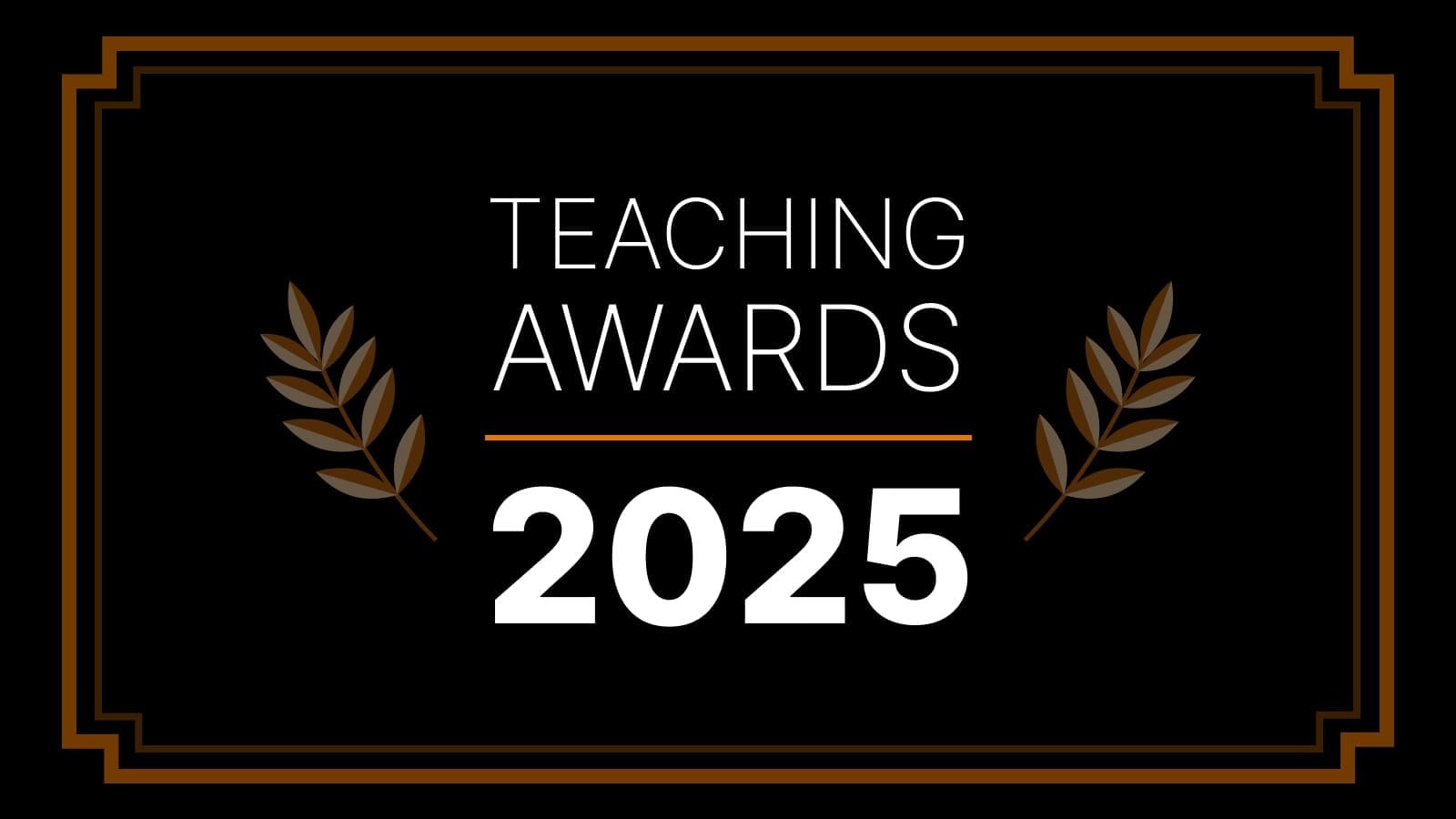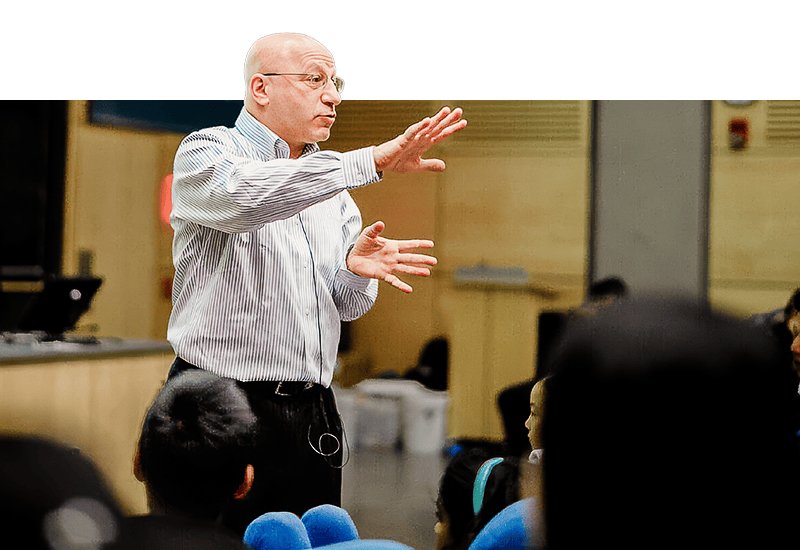Dixon ’69 leads campaign to invest in engineering
By
on
 From a boyhood captivated by the potential of space travel to a career as a venture capitalist who shepherds new technologies to the marketplace, Don Dixon understands the power of engineering to change the world.
From a boyhood captivated by the potential of space travel to a career as a venture capitalist who shepherds new technologies to the marketplace, Don Dixon understands the power of engineering to change the world.
A co-chair of the School of Engineering and Applied Science Leadership Council, Dixon is overseeing the “Engineering and a Sustainable Society” portion of the University’s comprehensive fundraising campaign, which was launched formally Nov. 9.
After graduating from Princeton in 1969 with a B.S.E. in mechanical and aerospace engineering, Dixon served as an officer in the U.S. Navy before earning his M.B.A. from Stanford University. He is a co-founder and managing director of Trident Capital, a venture capital firm based in Palo Alto, Calif., that invests in software and technology-enabled business services. He previously held senior executive positions at Partech International; Alex, Brown & Sons; Morgan Stanley & Co. and Citibank, N.A.
Here, Dixon speaks with EQuad News about his experiences with Princeton Engineering and how the school is changing to take on the challenges of the 21st century.
What motivated you to study engineering at Princeton?
I remember very clearly when I was 10 years old and the Russians launched Sputnik-it was October of 1957. I decided then and there that I wanted to be an engineer so I could join in the space race. So, when I came to Princeton, I immediately knew I wanted to study mechanical and aerospace engineering.
One of the things I remember most was the hands-on experience. For my senior project, I worked with a team to design and build a go-cart. My job was to find an appropriate engine, tune it and figure out the exact science behind the exhaust system. At that time, people at other engineering schools were mostly going to classes and taking tests.
How has Princeton Engineering helped you in your career?
After I graduated, I was an engineering officer on a destroyer in the U.S. Navy. My experience here helped prepare me to be in charge of all the boilers and engines on the ship. The go-cart project led me to challenge myself and the men who worked for me to tune the ship like we would tune our cars, and we did. We saved a lot of fuel oil.
When I got out of the Navy, I went to business school at Stanford. I had worked on Wall Street in the summers when I was an undergraduate, and I knew I wanted to apply my engineering background to the world of finance.
My career has evolved around financing projects that have technological underpinnings. While I was at Citibank and Morgan Stanley, I focused primarily on oil and gas financing and ultimately became a member of the Society of Petroleum Engineers. This led to travel all over the world-the North Sea, Libya, Australia-helping finance energy projects.
Even now, my involvement with the school is helping me. By keeping current on technological advances, I recently was able to make an informed decision about investing in a nanotechnology start-up that is making better solar panels.
What are some of the most exciting changes at Princeton Engineering?
Just like I was motivated by Sputnik, undergraduates today are motivated by some big challenges-the environment, human health, information security. The school took wonderful advantage of the opportunity it had to redefine its mission four years ago, and established a strategic plan that makes engineering relevant to these societal problems. At Princeton, students can now indulge their interests through coursework and independent projects on alternative energy and clean technologies, or bioengineering. Of course, Princeton’s historic strengths in the fundamentals of engineering haven’t disappeared, either.
Another exciting development is the new interdisciplinary EMP (Engineering, Math, Physics) course to provide an integrated program for freshman. Historically, math and physics were taught by academic departments outside the engineering experience. This new curricular option gives engineering students contact with the school that they previously didn’t get until their sophomore years.
Over the last five years, the school also has focused on getting students who are not engineers comfortable with engineering topics-a necessary step to help them become renaissance people. There are cool courses that non-engineers are excited about taking, like the popular “Wireless Revolution” class that teaches students the technologies behind their cell phones. Courses like this, offered by the Center for Innovation in Engineering Education, are drawing more students to the school.
Princeton Engineering has seen its student body grow over the last several years because students are motivated and challenged by the school’s new initiatives. The students are clearly voting with their feet-they’re excited about the opportunity to attack major societal challenges.
What are some of the advantages of a Princeton Engineering education in today’s world?
A big theme that I have observed in my professional career is the need to integrate disciplines to create unique solutions. For example, if you want to secure wi-fi networks for privacy, you need to find people who understand wireless technologies and the policy implications of security. There is all sorts of interesting work being done at the intersection of different departments at Princeton. As just one example, you’ve got Ed Felten in the Center for Information Technology Policy working at the intersection of the Woodrow Wilson School and the Department of Computer Science. Breaking down silos is really important for innovative research.
Princeton engineers tend to be more broadly educated and engaged than engineers from other pure engineering schools. You see them in industry with better communication skills, which means they have more managerial potential. Princeton has made a conscious effort to think about how to do provide this well-rounded education through the course work itself and Princeton engineers definitely know how to write. The school also gets leverage out of the rest of Princeton’s strengths-the sciences and the liberal arts, the Princeton Writing Program and the McGraw Center for Teaching and Learning.
Why is engineering a major part of Princeton’s comprehensive campaign and how can others get involved in the school?
As the world changes, it requires innovations that can be expensive to develop. Every engineering school right now has to get three things right-information technology, nanotechnology and biotechnology. This is the trinity of engineering. Princeton is really strong in materials science and information technology right now, and we need more buildings, more lab space and more professors to lead in other emerging areas, particularly bioengineering.
Princeton has underinvested in engineering over the last 25 years, compared to other high quality universities. The fact that engineering is one of the largest components of the campaign budget, $325 million, demonstrates a recognition and endorsement by the University Board of Trustees of the importance of engineering for a better world.
There are so many opportunities for people to get involved in the school and the lives of undergraduates. The Alumni Careers Network allows people to sign up as a resource to undergraduates looking for jobs-that’s an easy thing that everybody can do. Another option is to offer an internship to a Princeton undergraduate, perhaps through the new Preparing to Lead program. Engineers comprise 20 percent of the University student body, and providing them with real-world experiences will make them even more able to solve the big problems that need solving.





